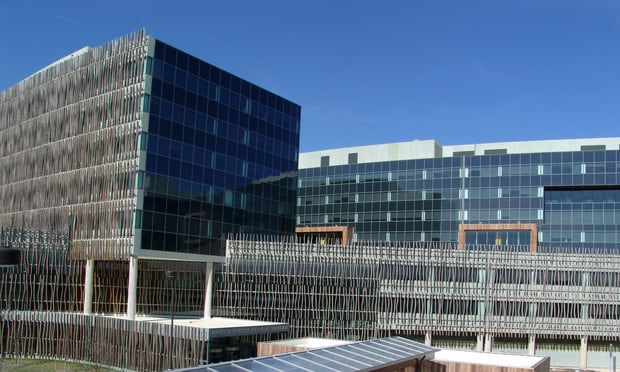Investment models can be useful. The usual split between medical office and life sciences is an example. Life science is R&D and product development. Medical office, tied in with hospitals, is essentially the retail side, providing care close to where people live.
Fundamental differences express themselves through specifics of ideal locations, property and facilities requirements, HVAC needs, equipment, staffing, tenant sizes, revenue sources, longevity, support systems, and even parking. Those basics help investors focus and specialize.
But the same models can leave investors behind when hybrids appear. An example is the medical research center that Weill Cornell Medicine opened last November at 1334 York Avenue, taking five floors of the Sotheby's auction house.
Recommended For You
Weill Cornell Medicine is a medical and graduate school arm of Cornell University that both trains 1,650 students and sees more than three million annual patient visits, according to the institution's website.
Located one block from Weill Cornell Medicine's main campus on Manhattan's Upper East Side, the site will add approximately 200,000 square feet of dedicated research space—an average of 40,000 square feet per floor—making it the institution's largest expansion since the Belfer Research Building opened in 2014, according to the institution. "Laboratories in the new medical research center, which will open in 2026, will focus on a breadth of foundational, clinical and translational research, utilizing advanced data science and computational techniques to revolutionize scientists' understanding of disease," it said.
That definition spans the concepts of medical office on one hand and life sciences on the other. Patient treatment is clinical, but there are important areas of research that are also clinical and not necessarily the specific drug or device research focus associated with life sciences.
"This state-of-the-art new medical research center, only steps from where our doctors see patients, will enable investigators to share ideas and technologies; drive discovery across disciplines; attract and retain the brightest scientific minds; sustain growth in our research funding; and further a sense of community," said Dr. Robert A. Harrington, the Stephen and Suzanne Weiss Dean of Weill Cornell Medicine and provost for medical affairs of Cornell University, in prepared remarks. "By continuing to invest in science, we can change medicine, moving pioneering research more rapidly from lab concept to patient therapies."
The expansion includes both dry and wet lab space. Plans eventually expect to house more than 700 Weill Cornell faculty and staff and "the space will fuel high-impact, data-driven clinical research initiatives across diverse patient populations." The first phase of expansion is expected in early 2024.
© 2025 ALM Global, LLC, All Rights Reserved. Request academic re-use from www.copyright.com. All other uses, submit a request to [email protected]. For more information visit Asset & Logo Licensing.







